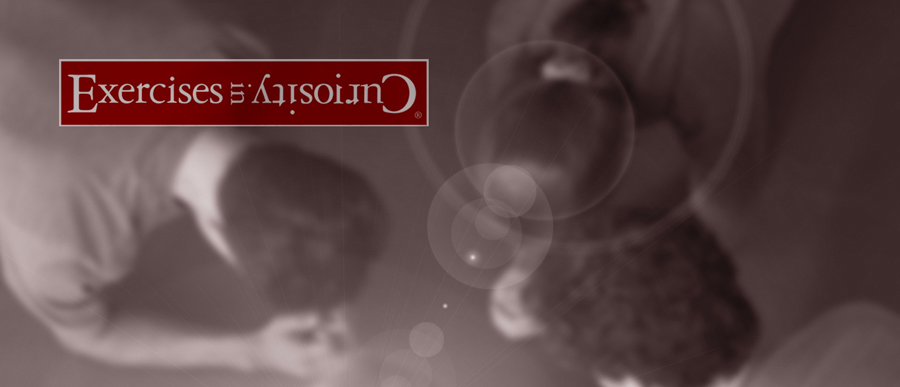
Awareness Through Movement
Group Techniques (ATM)
The group technique (Awareness Through Movement) was created to produce the effect of the manipulative teaching in the greatest number of people. (The word teaching indicates that the changes in the self-image are produced by the pupil, through becoming aware of his changed body image.)
From Moshe Feldenkrais, “The Feldenkrais Method”, ND
For example, a particular group I have taught consisted of men and women suffering from sciatica, discal hernias, frozen shoulder and similar complaints. Other groups may be composed of teachers, actors, singers, dancers, etc.
I begin by asking people to lie on their backs (after the same principle of reducing gravity) and learn to scan themselves. That is, they examine attentively the contact of their bodies with the floor and gradually learn to detect considerable differences – points where the contact is feeble or non-existent and others where it is full and distinct. This training develops awareness of the location of muscles producing weak contact through permanent excessive tension, thus holding parts of the body up off the floor. Some improvement in tension reduction can be achieved through muscular awareness alone, but beyond that no improvement will be carried over into normal live unless people increase their awareness of the skeleton and its orientation.
[…]
I usually make clear that the point of my work is to lead to awareness in action, or the ability to make contact with one’s own skeleton and muscles and with the environment practically simultaneously. This is not ‘relaxation’, for true relaxation can be maintained only when doing nothing. The aim is not complete relaxation but healthy, powerful, easy and pleasurable exertion. The reduction of tension is necessary because efficient movement should be effortless. Inefficiency is sensed as effort and prevents doing more and better.
The gradual reduction of useless effort is necessary in order to increase kinesthetic sensitivity, without which a person cannot become self regulating.
[…]
Another important feature of the group work is the continued novelty of situation that is maintained throughout the course. Once the novelty wears off, awareness is dulled and no learning takes place. If a configuration needs repetition, I teach it in tens and even hundreds of variations until they are mastered.
All exercises are arranged to produce a neat change in sensation at the end of the lesson and usually a more or less lasting effect. This enables pupils to find connections between different parts of the body, as for instance between the left shoulder blade and the right hip joint, or between the eye muscle and the toes.
To produce the mental ease necessary for the reduction of useless efforts, the group is repeatedly encouraged to learn to do a little less well than is possible when trying hard to be less fast, less vigorous, less graceful, etc. They are often asked to do the utmost and then deliberately to do a little less. This is more important than it might seem. For if enabled to feel progress while not tensing, pupils have the sensation of being able to do better, which induces more progress. Achievements that otherwise need numerous hours of work can be obtained in twenty minutes with this attitude of mind and body.
Special mention must be made of very small, barely perceptible movements that I use extensively. They reduce involuntary contraction in the muscles in an astonishing way; in a few minutes by working on one leg or arm, for example, it may be made to feel longer and lighter than the other.
[…]
But whatever the exercise or the principle used, the lesson is so arranged that without concentration, without trying to sense differences, without real attention, pupils cannot proceed to the next stage. Repetition, just mechanical repetition without attention, is discouraged, made impossible in fact. Many exercises consist in attending to the means of achieving a goal and not to the goal itself, which is an important way of reducing tension. All these exercises aim at achieving mental and physical cooordination and in particular good erect posture and correct action.
[…]
Finally, self-knowledge through awareness is the goal of reeducation. As we become aware of what we are doing in fact, and not what we say or think we are doing, the way to improvement is wide open to us.
—From Moshe Feldenkrais, “Body and Mind”, 1980

No comments yet.